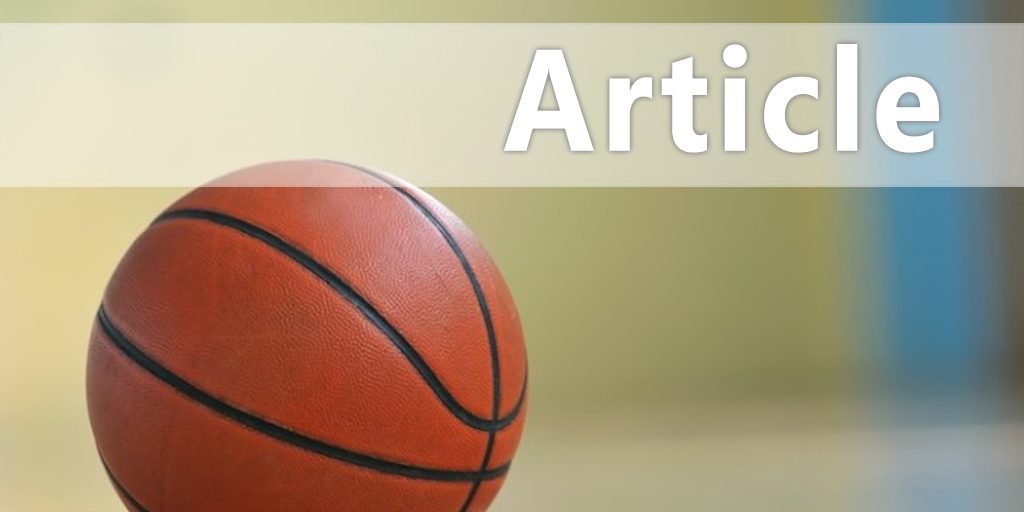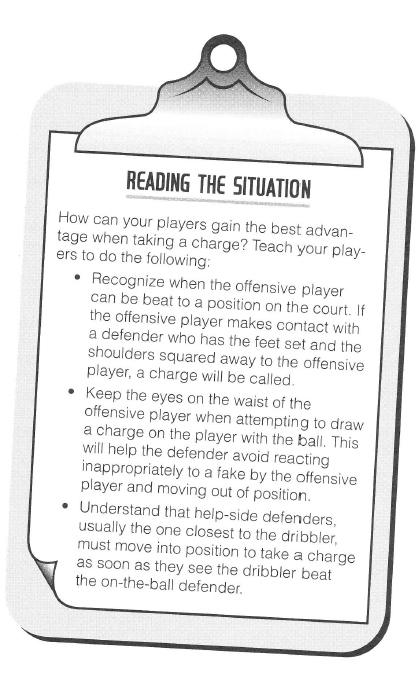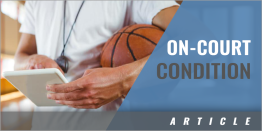|
Taking a Charge by American Sport Education Program
An offensive charging foul occurs when a defensive player establishes good defensive position and contact is initiated by the offensive player. Typically, a charge happens when a defender is guarding a dribbler going to the basket and the defender is able to get into a position where the dribbler will run into the defender. However, a charge may also be called on an offensive player who does not have the ball. If the defender can get position on his or her offensive player as the player cuts to receive a pass, a charge may result when the offensive player runs into the defender blocking the player's path to the ball. Taking a
ACQUIRING THE APPROPRIATE KNOWLEDGE Rules
|
|
|



 charge can be a huge momentum builder because it will often prevent the offense from scoring.
charge can be a huge momentum builder because it will often prevent the offense from scoring.


